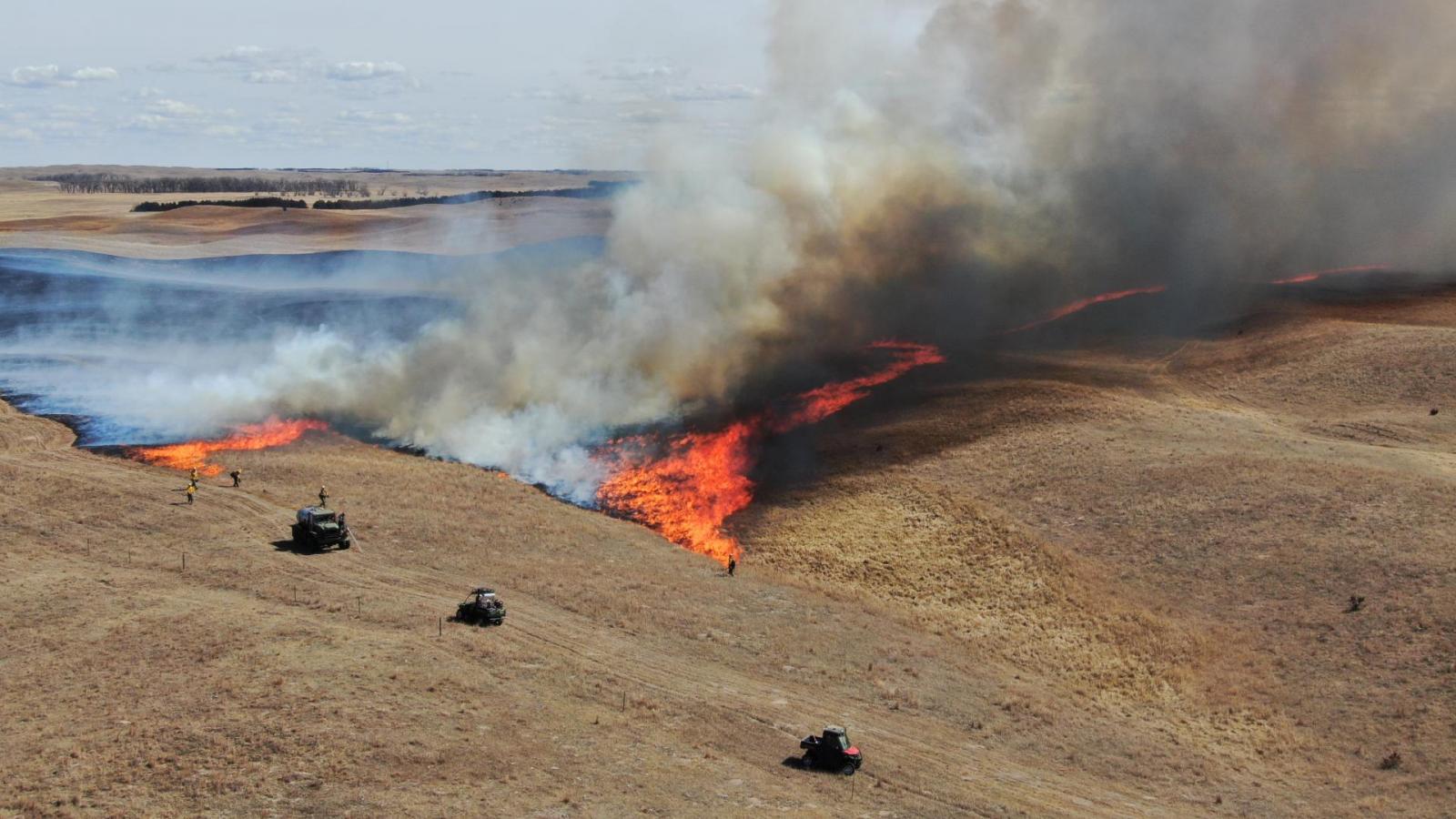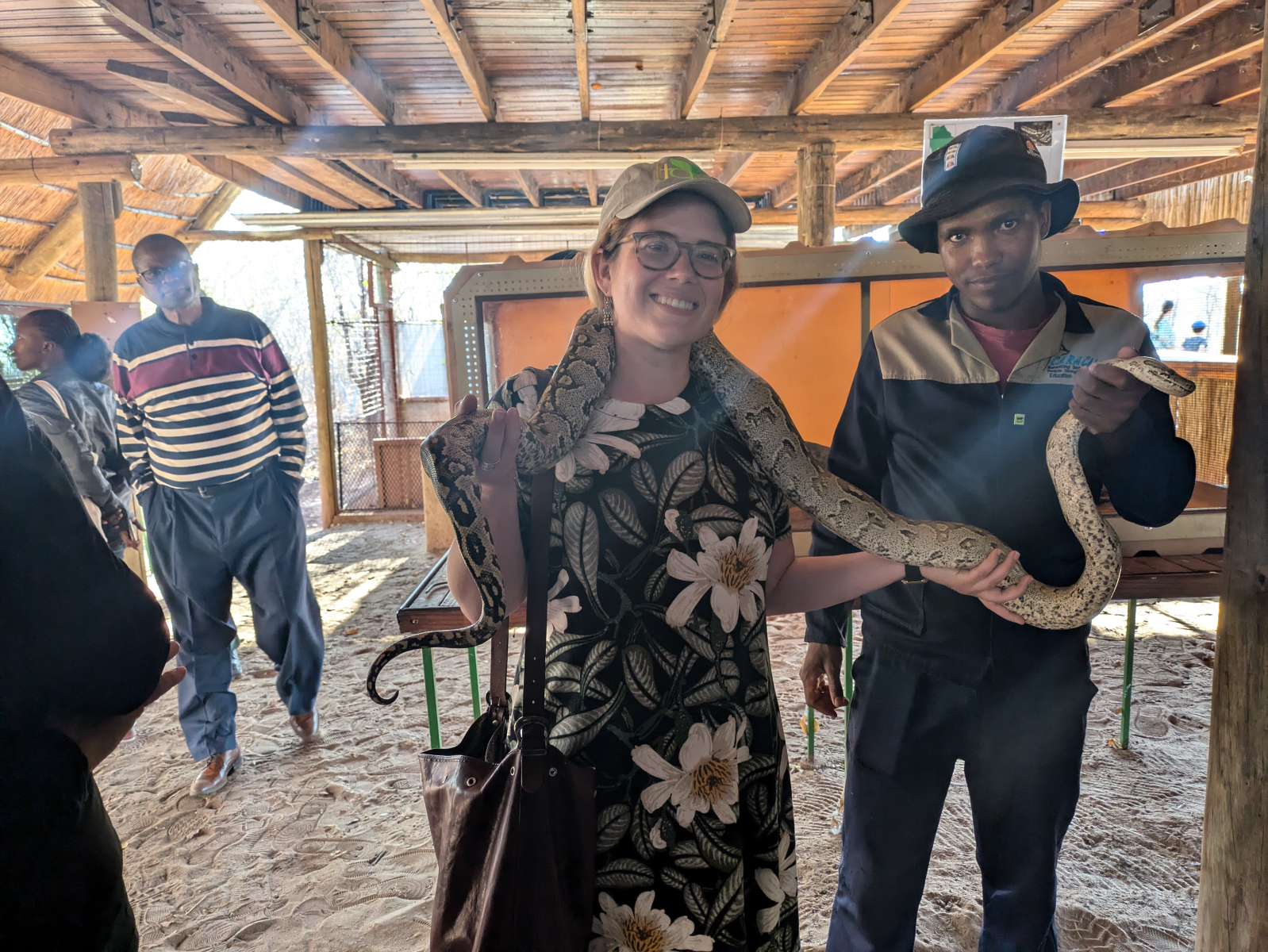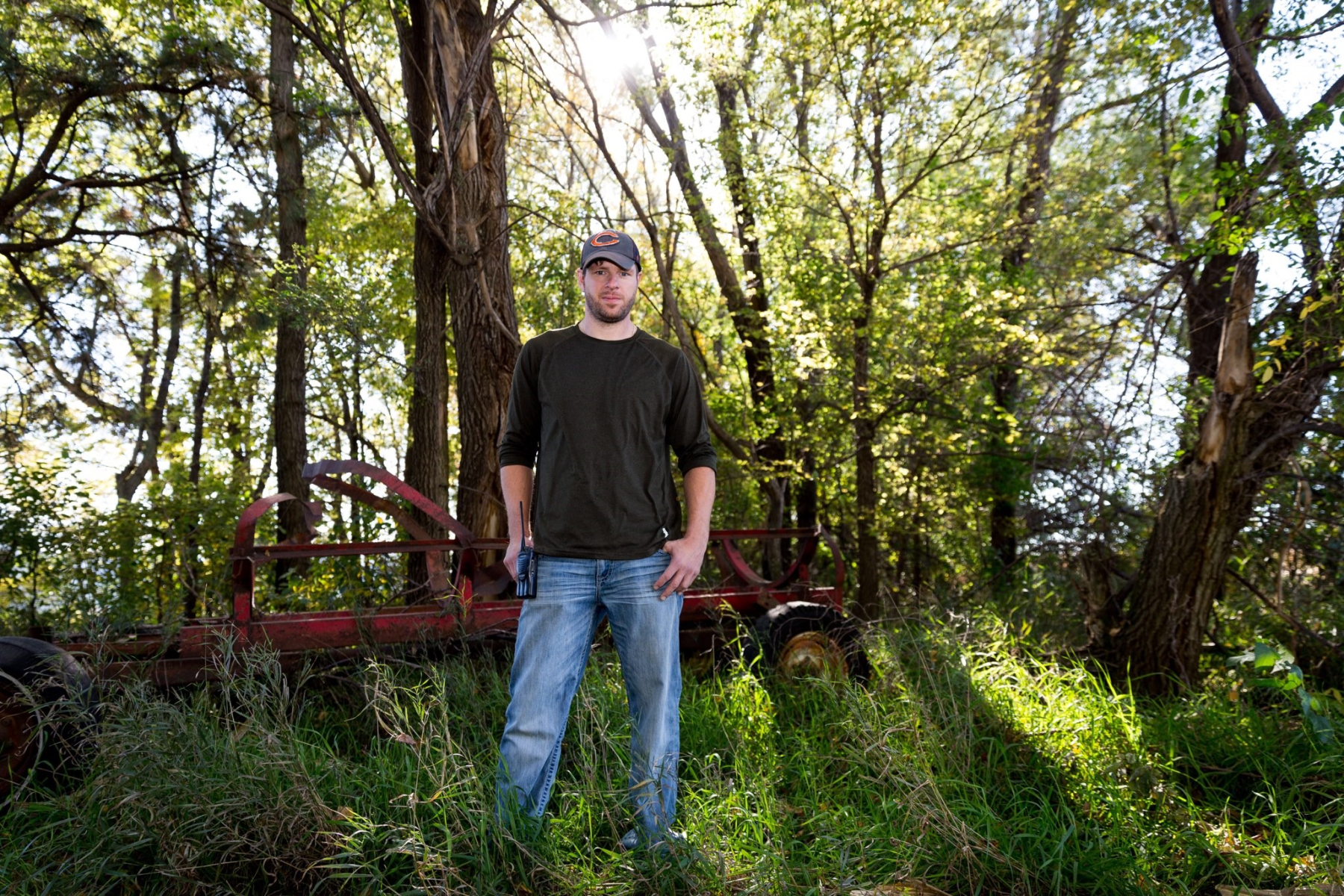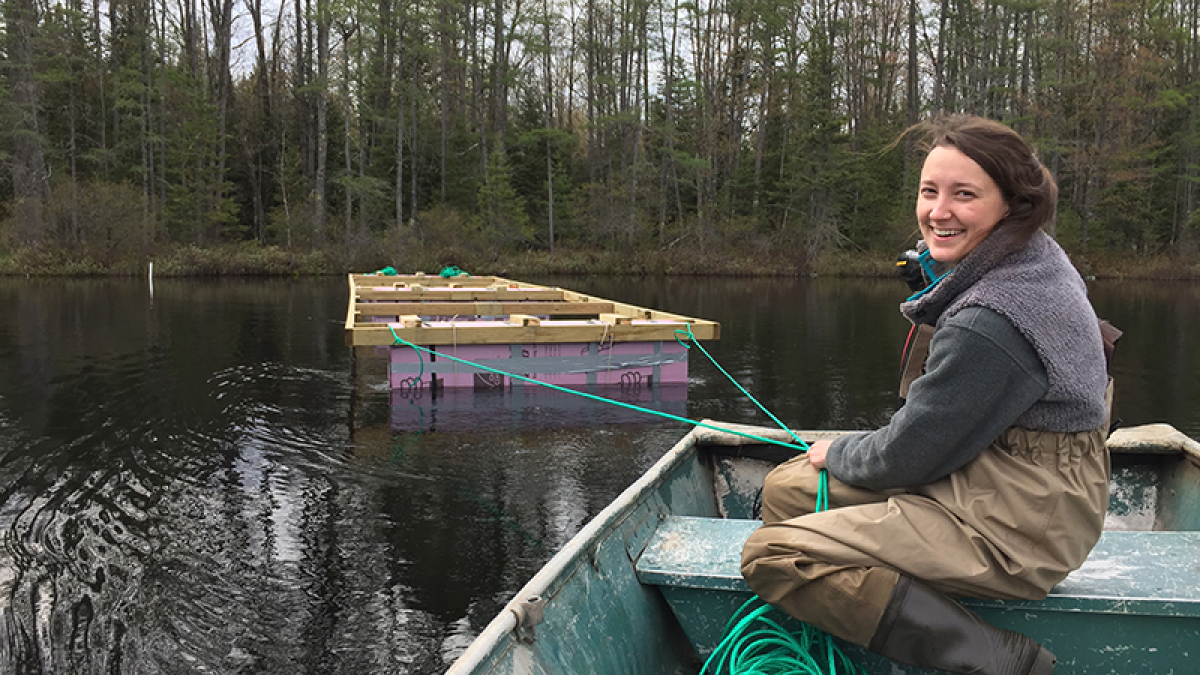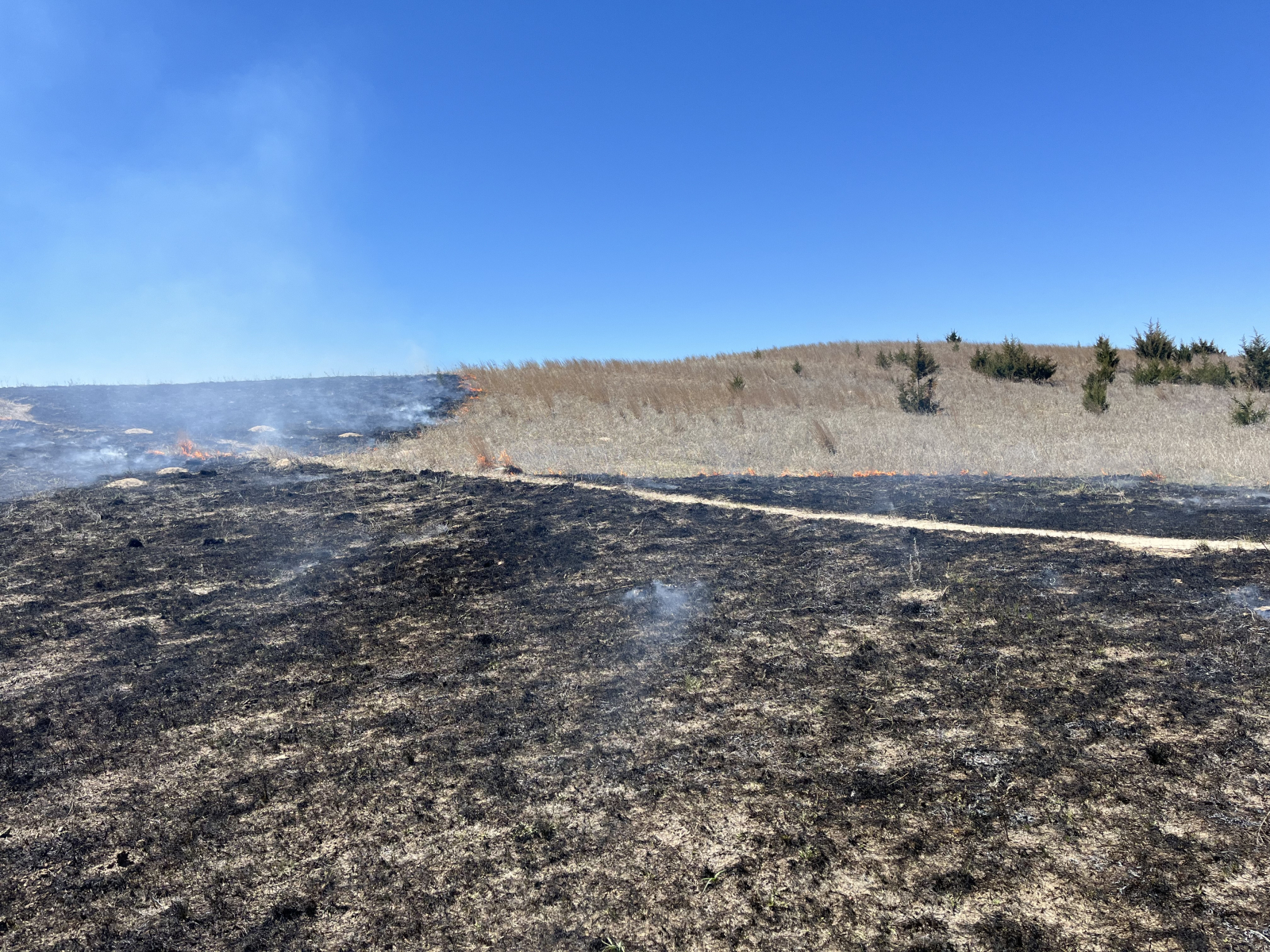Grasslands are in decline globally. Many of the underlying factors are well understood: land-use conversion for agriculture or housing and infrastructure development. Only recently has the encroachment of trees been identified as another key factor in the decline of grasslands. No place is this more evident than the Great Plains.
Woody plant encroachment refers to the gradual conversion or fragmentation of grassland habitat. In other words, under the right conditions, areas that were historically treeless are becoming wooded. While trees fill an important ecological niche in ecosystems and our communities, in the Great Plains grasslands they are becoming the great disruptor.
For example, many aspects of life are dependent on grasslands. Food production, water quantity and quality, pollinator services and pest regulation, and a thriving cattle sector are all contingent upon the health and condition of grasslands. As woody plant encroachment increases, the disruption it presents may reverberate across agriculture, ecological communities, and local economies. This is a prime example of how “resilience thinking” can be applied to help address a social-ecological issue.
Tracking Change Over Time
Since 1990, there has been a strong and persistent encroachment of woody species like eastern redcedar in the Great Plains. With a state-of-the-art landcover dataset and freely available, cloud-based, geospatial computing platform, these maps are a powerful tool to show the rates one of encroachment.
By embracing the idea that grasslands are complex, interconnected, and not fully understood scientifically, CRAWL is helping call attention to the most negative effects of woody plant encroachment.
Geospatial analyses of woody plant encroachment, economic valuation and impact assessments, human-behavior research, and natural resource management strategies are bringing clarity to what a comprehensive approach to address woody species will take. CRAWL’s work in this arena is helping demonstrate that one-size-fits-all approaches are unlikely to succeed.
Because woody plant encroachment is occurring at various intervals of time and space, management approaches are needed that mirror this complexity. CRAWL is part of a diverse team of researchers, practitioners, and institutions that aim to determine the full effects of management interventions and its impacts on wildlife management, livestock production, human safety values, and societal values across an urban-rural gradient.
Resources for Land Managers
For the first time, new tools are being released to help land managers bring their management of woody plant encroachment to scale.
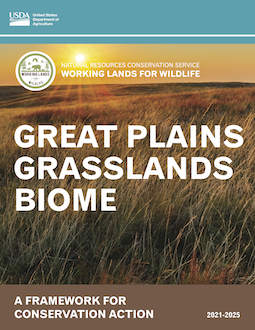
Working Lands for Wildlife: Great Plains Grasslands Biome
In 2020, a multi-state, areawide planning initiative produced the first biome-scale framework for grassland wildlife conservation on the region’s sustainable working rangelands. This initiative features an action-based framework for 2021-2025 focused on addressing the two most severe and large-scale threats to the Great Plains biome: woodland expansion and land-use conversion.
Learn More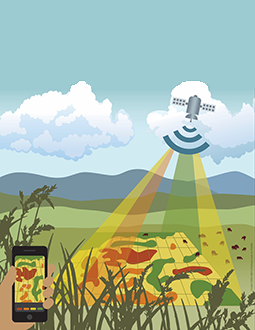
Rangeland Analysis Platform
This app provides powerful perspective and context for rangeland monitoring. It makes it easy to develop new strategies that improve rangeland productivity and evaluate current or past land management practices.
Learn More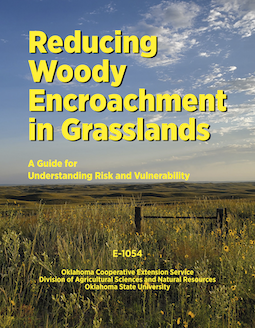
Reducing Woody Encroachment in Grasslands
A new guide, produced through a partnership between public university extension programs in the Great Plains, the USDA-NRCS’s Working Lands for Wildlife, the USDA-NRCS’s Central National Technology Support Center, and various other conservation partners, provides the first-ever framework for addressing woody encroachment, now recognized as one of the top two drivers of grassland loss in the Great Plains.
Learn More